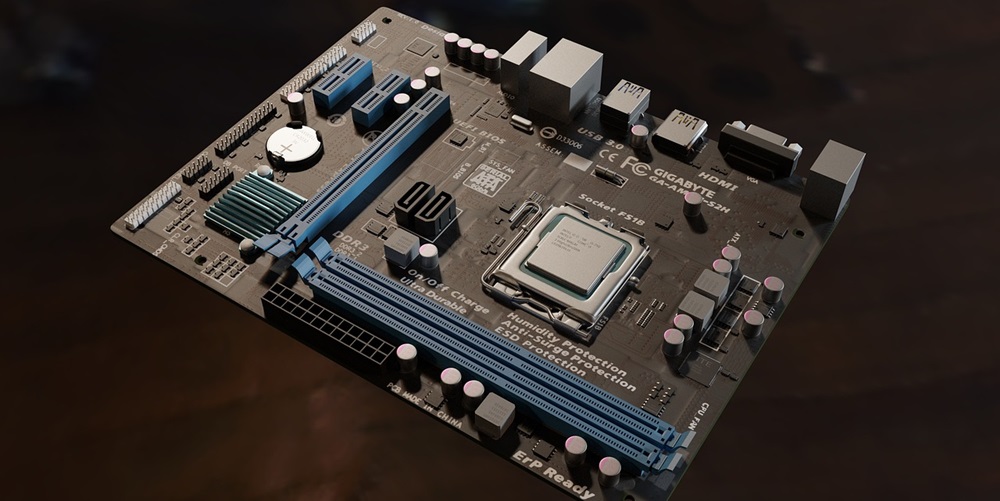Asus is setting records in the motherboard arena by supporting an impressive 256GB of DDR5 memory, a capacity that far exceeds the average PC user’s needs. This is part of a trend in tech where performance capabilities are rapidly advancing. For Z790, B760, and Z690 motherboards, a BIOS update is all it takes to access this capability, making it a smart move for those future-proofing or optimizing their systems.
The impact of this increased capacity is especially significant for Mini-ITX systems, which typically have fewer DIMM slots. With this upgrade, these small yet powerful builds can match the memory capacity of their larger ATX counterparts, dramatically boosting their capabilities to handle tasks like intense multitasking, virtual machine hosting, or media production, all within a compact space. This move by Asus not only pushes the industry forward but also provides users with the potential for high-capacity memory even in the smallest of PCs.
Reflecting on Practicality and Market Readiness
As of now, practicality limits the adoption of Asus’s capability to support up to 256GB of RAM, with 64GB DDR5 DIMMs seldom found in the consumer market. The cost of such modules, if they were widely available, might deter the average consumer, as the price versus performance consideration is crucial for technology uptake.
This innovation by Asus is more indicative of future potentials than current pragmatism. It points to an era where high RAM capacities in PCs become the norm, blurring the lines between consumer and professional computing. However, until high-capacity RAM becomes both accessible and economically viable, the regular user may struggle to rationalize the expenditure for potentially negligible benefits in standard computer operations.
While the development excites tech enthusiasts and professionals, the transformative impact on the PC industry is yet to be determined, pending market evolution to support and afford such advancements.

